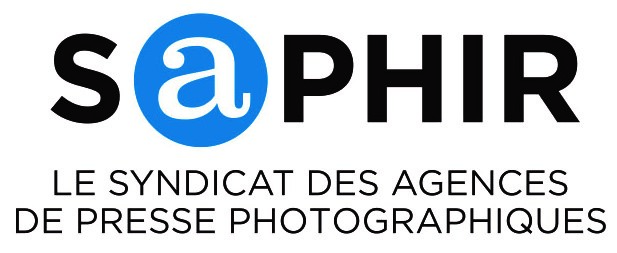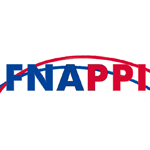#AI WORKING GROUPS
CEPIC is pro-actively involved in shaping the legislation at EU level, in Brussels. As far as AI is concerned, CEPIC’s work presently focuses on two fundamental texts, the provisions of which will impact the entire value chain of the visual media industry.
- The EU Copyright Directive, text and data mining provisions, Articles 3 and 4, notably 4.3 (opt-out)
- The AI Act (link to three draft proposals) notably transparency obligations, from the ingestion of the data to the generation of (visual) content
We would like to thank you the CEPIC AI groups for the pro-bono support they are providing to this crucial work!
In May 2022 CEPIC, ahead of the tide, created a working group on Artificial Intelligence with the goal to establish, as a first step, Guidelines for an Ethical Use of AI and follow its inception in the picture industry.
It was a multi-national, diverse and inclusive group, bringing together developers of AI and licensors.
In February 2023, after several months of intense discussions, Ethical Guidelines were published. In summer 2023, the Guidelines were up-dated and translated in French.
The AI working group has attracted a lot of interest and new participants. It has been organised into sub-groups:
The group is headed by CEPIC Executive Director Sylvie Fodor and coordinated by Valérie Théveniaud-Violette.
Members of the present various sub-groups at present:
- Strategy and Legal – to follow legislation, such as AI Act, UK legislation, legislation in France and in legal cases when applies, (such as the Robert Knechke v.LAION case in Germany, which is the first opt-out case across the EU and across creative industries in the EU): Christina Vaughan, Marisol Muniz , Nancy Wolff, Florian Koempel, Anna Skurczynska, Sebastian Deubelli, Florence Braka, Juliette Bimbaud, Paul Reinitz, Jonathan Lockwood, Paul Seheult, Emily Shelley, Stéphanie de Rocquefeuil
- French sub-group – to coordinate with French trade associations, governments and parliament: Florence Braka, Juliette Bimbaud, Gilles Taquet, Véronique Martingay, Stéphanie de Rocquefeuil
- American sub-group -to coordinate with DMLA: Nancy Wolff, Mark Milstein
- Further AI group members having participated in the establishments of the CEPIC AI Guidelines: Yair Adato, Ravit Dotan, Michael Osterrieder, Keren Flavell
If you are interested in participating in one of these groups, please write to Valérie at v.theveniaud@cepic.org
Ethical Guidelines for the Use of Visual Content (ENGlish version)
Code de bonnes pratiques intelligence artificielles media visuels (version FRançaise)
About CEPIC
CEPIC represents hundreds of Picture Libraries and Agencies, representing hundreds of thousands of photographers, videographers and increasingly synthographers, whose core business is the direct licensing of visual content off-line and online. Acting as right holders, Picture Libraries and Agencies license digital asset for all kinds of commercial uses, to newspapers, magazines, advertising, broadcasters, etc. CEPIC members are continuously adaptive towards innovative technology solutions for the growth in digital enterprises and have developed sophisticated digital platforms to both market digital content online and provide digital access to images. Amongst CEPIC members are global players such as Getty Images, Magnum Photos, and Alamy, fine arts libraries such the Bridgeman Images, historical archives such as Roger-Viollet and AKG Images, news photo syndication such as Le Figaro, news agencies such as Belga, TT or ANP as well as representatives for European trade associations AEAPAF, BAPLA, BLF, SAB, SAPHIR and SNAPIG. CEPIC’s membership also includes several cutting-edge technology developers, some of them involved in manipulating images with AI driven tools, others in creating/ producing AI generated images








